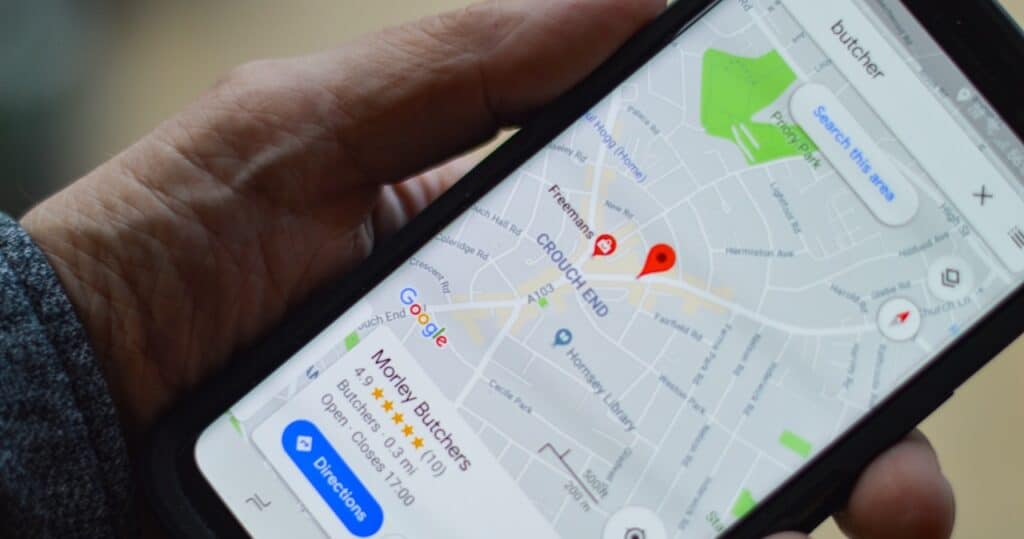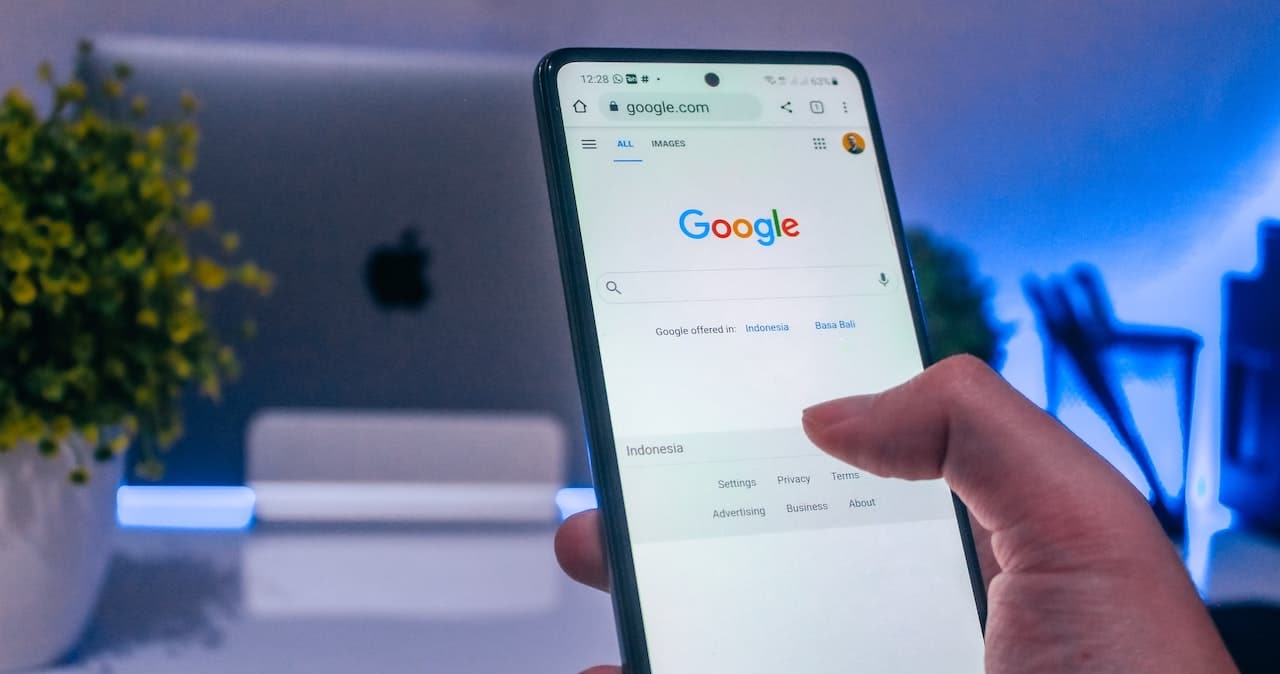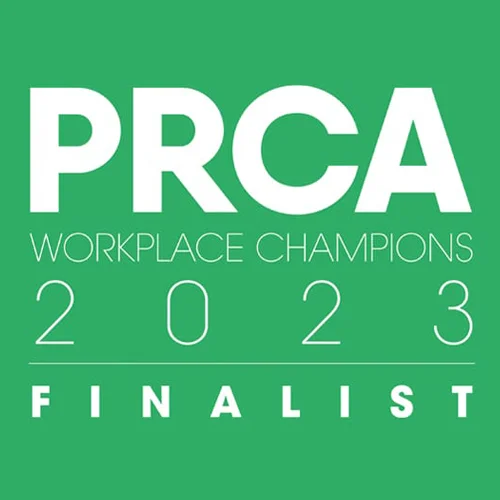A search engine optimisation (SEO) project can be evaluated by many metrics, but at its core the purpose of a project is to improve the organic search presence of a website. That will result in attracting a higher volume of quality search traffic, leading to increased brand awareness, more leads and improved business development.
SEO is a discipline that can take a number of months to start bearing results, depending on the state of a website at the outset of a project. The first three months are commonly spent addressing technical issues on a site, gaining access to and setting up tools such as Google Analytics, setting up conversions, carrying out keyword research, and starting a link building campaign.
Here’s an overview of what typically occurs during the first three months of an SEO project.
Technical SEO
Common technical issues that we encounter at the start of a project include:
- Pages without, with duplicate or with poor meta titles and descriptions. These are the headers and descriptions that Google displays in search results. Although they are not a ranking factor, they are key to telling a user what to expect if they click on a link.
- Pages with a low text-HTML ratio. This is when a page has a lot of (sometimes unnecessary) code and not much text. Fixing this can help speed up page load time and provide a better user experience.
- Images with no alt-attributes. This is the description that shows if an image doesn’t load. Alt-text is a great way to tell Google what the picture is, and an important accessibility option for users if an image doesn’t load.
- Broken links. These are links to pages that no longer exist. These are bad news because you are sending users to dead pages, which creates a bad experience and may lead them to question if the rest of your content is up to date.
- One or no internal links. This means that the page will be hard to find for a user.
- Pages that need three or more clicks to be reached. These pages are buried in the website and are hard for users to find.
- Non-descriptive anchor text. For example, when linking to a contact page the link says ‘click here’ instead of ‘contact us’. It may sound trivial but all of this impacts SEO and user experience.
- Large image files that slow down the website loading time. Don’t give your website visitors a reason to leave your site.
- Websites that have not been optimised for mobile. This is a biggy because Google now places emphasis on mobile scores, meaning you could have the best performing website on desktop, but if the mobile version doesn’t match up, you may lose out on valuable leads.
We address these issues early on so that the foundations of SEO are in place before we focus on content and link building.

SEO tools
We set up or request access to tools including Google Analytics, Google Search Console, Google Tag Manager and Bing Webmaster Tools. This means we can start collecting data straight away and set up benchmarks by which to measure our work.
Conversion tracking
Google Tag Manager allows us to track conversions on a website. This can include phone calls, emails, downloads, form completions and where users abandon filling out a form. This is a key metric in any SEO project and also provides valuable insight into the value of our work. For example, in month three of a recent project we were able to show that as well as organic traffic being the top channel with 60 per cent of users, it also accounted for 80 per cent of conversions. This suggests that we are targeting the right audience through SEO as they convert more often that other users.
Keyword research
Keyword research informs the content strategy for a business. We conduct keyword research by auditing the current list of terms that a website ranks for in search results, talking with the client to understand their desired target audience (including sector and location), researching competitor keywords, and considering volume, relevance, and intent.
Intent is especially important and usually appears in long tail keywords. For example, ‘facilities management’ might have a high monthly search volume, but is so broad that the person typing it in could be after any number of results. The search term ‘school facilities management in Brighton’ is much more niche so will have a low volume, but there’s a clear intent in that search, so appearing high in that search might be much more valuable.

Link building
Link building is generating more backlinks to a website – links from other websites to your own. Though this really kicks in after the first three months of a project, we do carry out an audit and start to list a website on business directories. These provide valuable backlinks and are also used by things like Google and Apple Maps, so are another signal to search engines about your business.
What happens after the first three months?
Once strong SEO foundations are in place, we focus on content and link building.
Content can include optimising existing web pages, making recommendations for new pages (such as services or locations) and creating a blog calendar for the year ahead. Blogs are a great way to target keywords while also providing users with helpful content that answers their questions and / or solves a problem. Google is really pushing websites to create helpful, insightful and unique content, and blogs are the best way to address this. But these have to be well written and engaging, something SEO-only agencies don’t always have the expertise to execute, especially when focusing on a specific sector.
Link building can include further business directory listings, PR, and competitor research to identify backlinks they have that would be beneficial to gain.
We also continue to monitor a site on an ongoing basis and address technical issues as and when they arise. To see what an SEO project looks like after one year, read our SEO case study with Business Moves Group. The project won a silver award at the 2022 CIPR PRide awards in the ‘Best Integrated Campaign’ category.
And if you need help understanding SEO terminology, the Moz SEO Glossary is a great resource.








